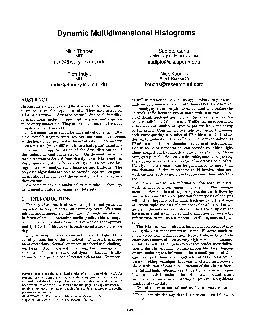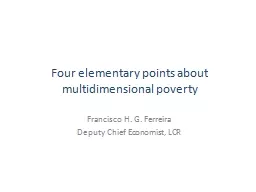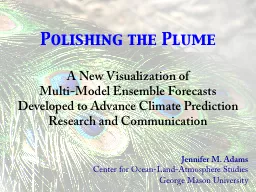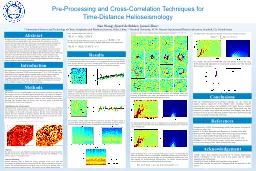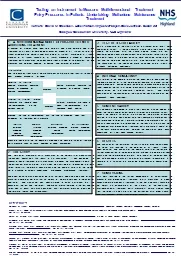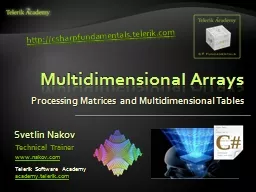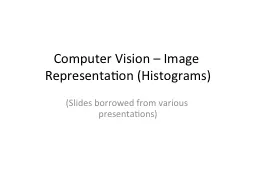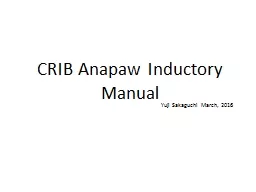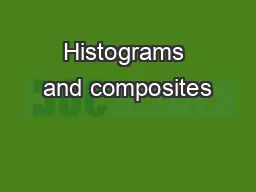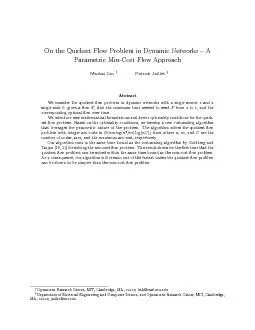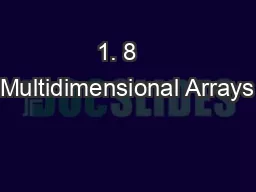PDF-Dynamic Multidimensional Histograms Nitin Thaper MIT nitintheory
Author : kittie-lecroy | Published Date : 2014-12-27
lcsmitedu Piotr Indyk MIT indyktheorylcsmitedu Sudipto Guha University of Pennsylvania sudiptocisupennedu Nick Koudas ATT Research koudasresearchattcom ABSTRACT
Presentation Embed Code
Download Presentation
Download Presentation The PPT/PDF document "Dynamic Multidimensional Histograms Niti..." is the property of its rightful owner. Permission is granted to download and print the materials on this website for personal, non-commercial use only, and to display it on your personal computer provided you do not modify the materials and that you retain all copyright notices contained in the materials. By downloading content from our website, you accept the terms of this agreement.
Dynamic Multidimensional Histograms Nitin Thaper MIT nitintheory: Transcript
Download Rules Of Document
"Dynamic Multidimensional Histograms Nitin Thaper MIT nitintheory"The content belongs to its owner. You may download and print it for personal use, without modification, and keep all copyright notices. By downloading, you agree to these terms.
Related Documents

